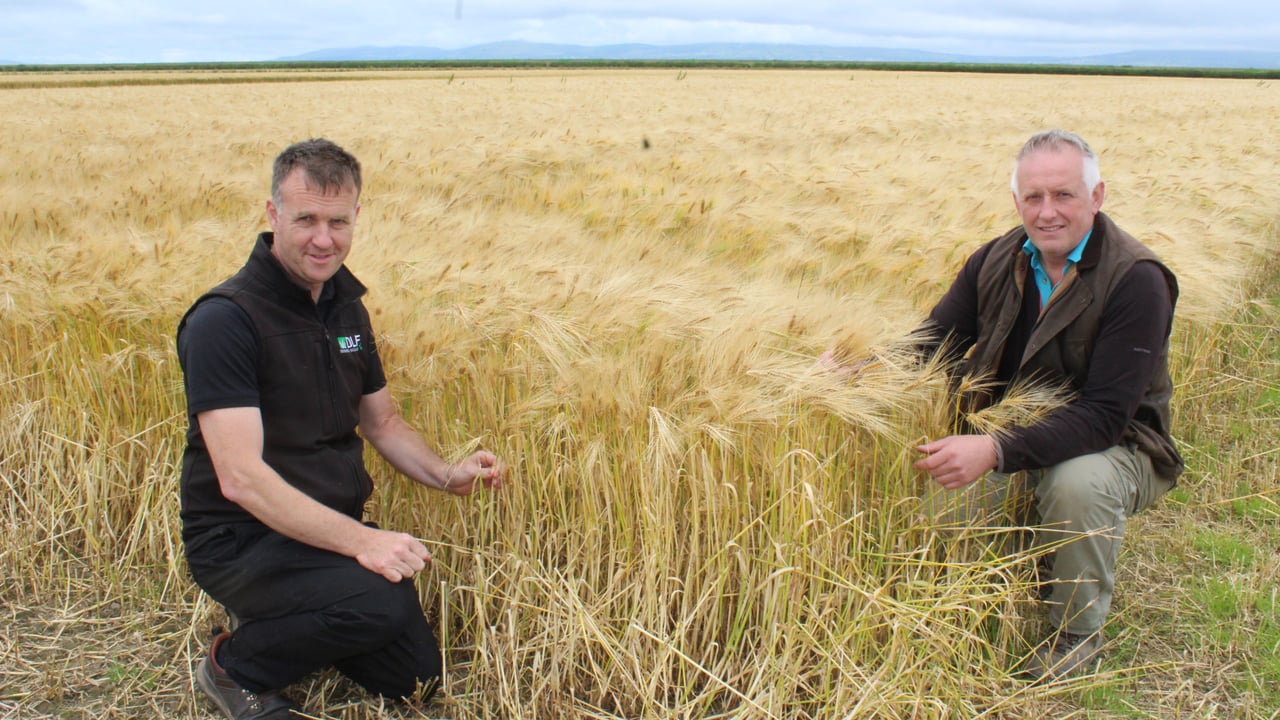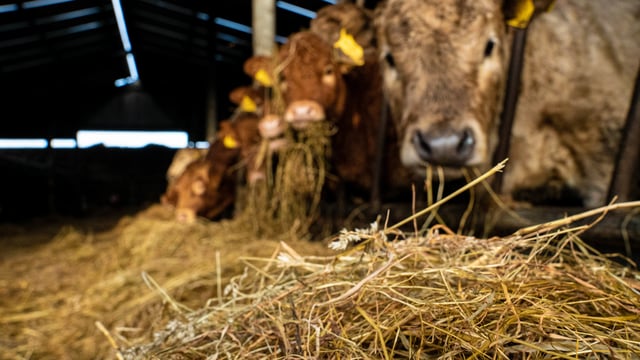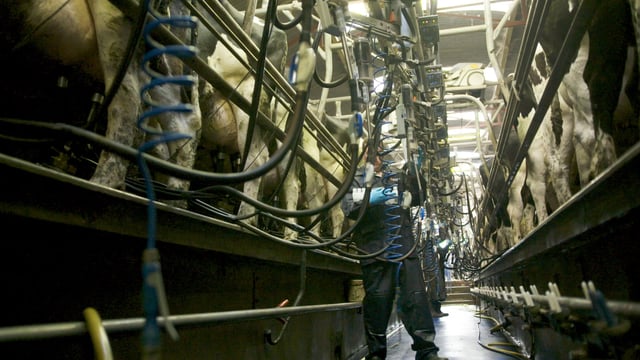Using cattle slurry as fertiliser on growing cereal crops
Agriculture and Horticulture Development Board (AHDB) cereals and oilseeds monitor farmer, Alistair Craig, uses 5,000g/ha of cattle slurry as a key driver of his crop fertiliser policy.
As he pointed out to visitors taking part in a recent open day at the family’s Limavady farm, making use of organic manures can make a real and positive difference when growing high yielding crops of winter barley.
“Our 240 dairy cows and followers provide us with plenty of farmyard manure and slurry," he said.
“I discount the nitrogen in the slurry applied at the back end. However, the slurry spread in the spring accounts for 70 units of the 160units/ac of total nitrogen applied to the barley.
Alistair spreads the slurry using an umbilical system with a dribble bar attachment.
“We have never had a problem with slurry crusting of the growing crop. In the first instance, it normally has a dry matter content of 5% or less," he explained.
“And, in addition, we tend to get a fair amount of rain in this part of the world. As a result, the applied slurry is washed down to soil level very quickly.”
Alistair believes that slurry brings other fertiliser-related benefits when applied to a growing cereal crop.
“Slurry contains not insignificant quantities of specific trace elements which will act to boost crop growth," he continued.
The past couple of years have seen Alistair apply the remaining 90 units of nitrogen to his barley crops in the form of liquid fertiliser.
Alistair has opted for a liquid fertiliser specification that contains 20% nitrogen and 5% sulphur. Making this happen encouraged him to buy a new sprayer with a 500L tank and a 36 boom width.
“The one machine is now used for all the spraying and nitrogen application work, so it’s getting plenty of work,” he stressed. "Our tram lines are set at 12m spacings.
“All the working parts on the sprayer are made from stainless steel. And this is very important, as liquid fertiliser is very corrosive in nature.
“It is possible to have potash included in a liquid fertiliser specification. But it is a very expensive option," he concluded.





